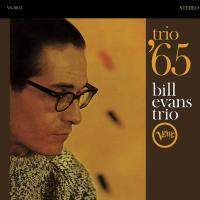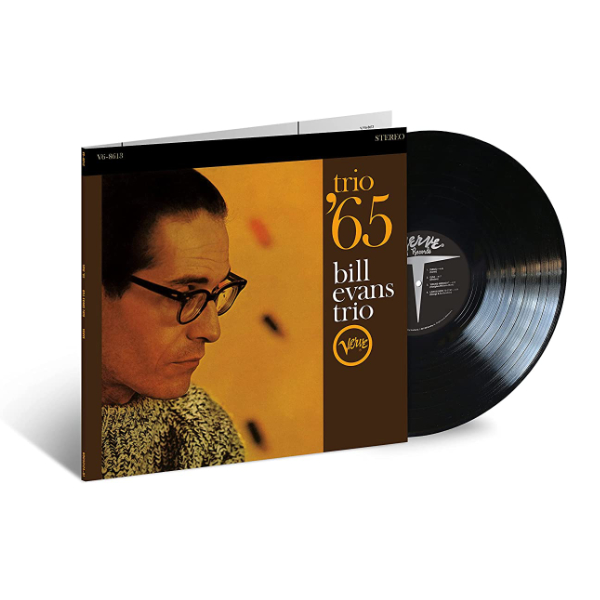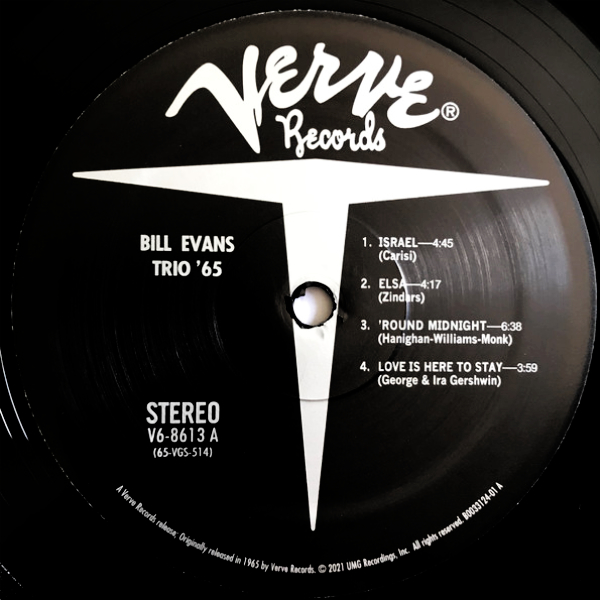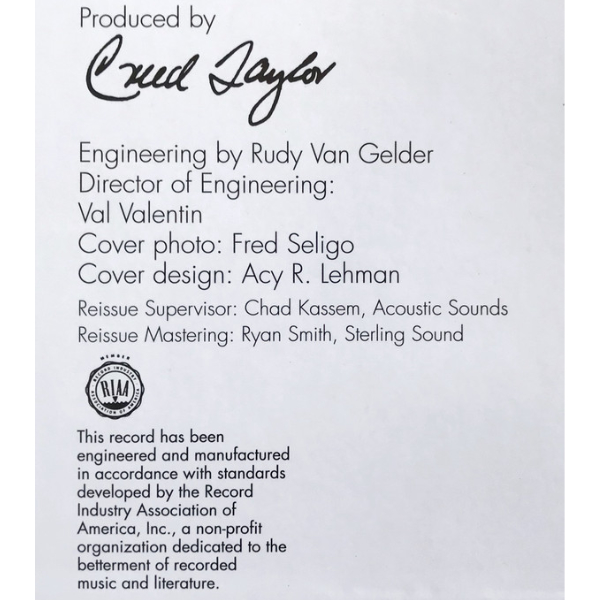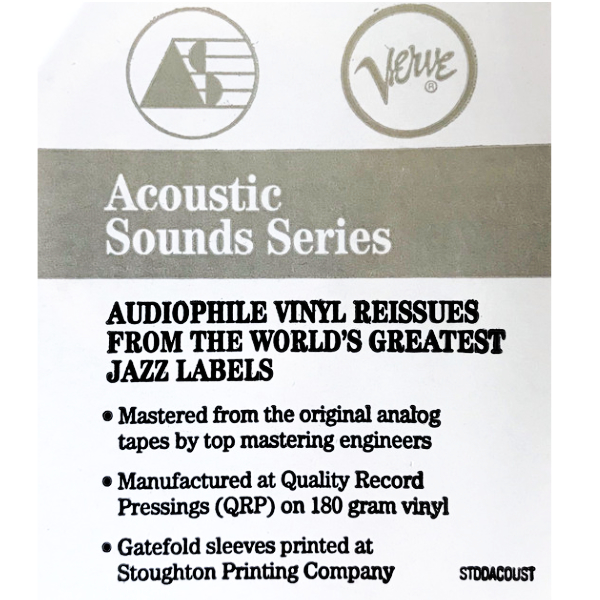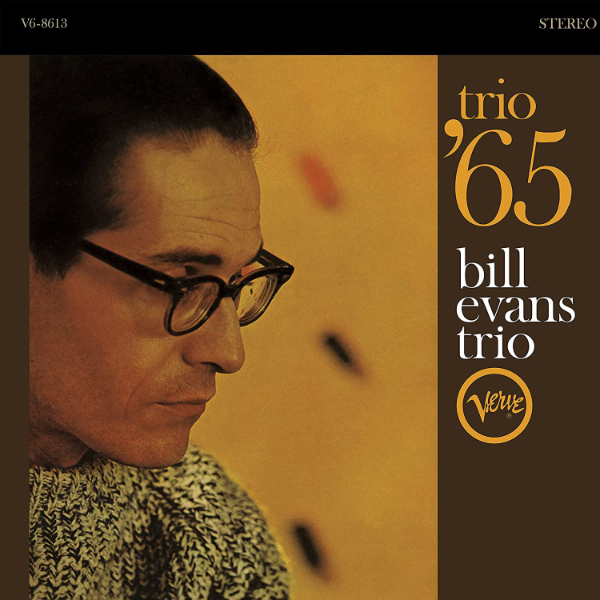Original, ORG 45 and AP 33. All seem to have slightly different characteristics depending on the track you compare, but finally the ORG rules for more extended and better resolved highs, a better overall balance of instruments and more air and extension on the stage. The AP often seems to have a slightly too pronounced bass in the overall balance and is certainly more dynamic and richer sounding than the original. The original has a bit better definition on top than the AP and often more air around the piano than both others, but the ORG, although the least focus on the piano, convinces with well integrated bass, tonal coherence, flow, airy soundstage and top end openness. On some (not all) tracks the original”s piano sound wins over the two others, mostly the AP’s dynamics and richer sound wins over the original but overall and mostly, the ORG’s coherence, soundstage air and flow wins over both others. All three sound different, but all are great and we’re not talking about huge differences.
The tonality topics could be perceived differently on different setups, the soundstage air characteristics rather not.
